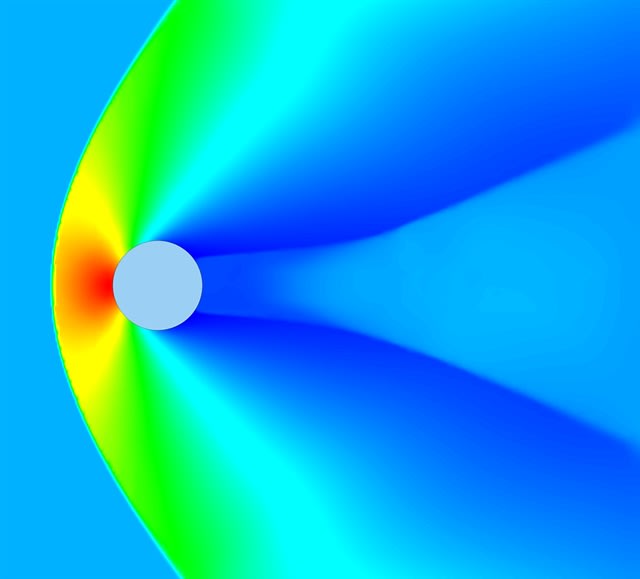FH01
Mechanical
- Mar 28, 2024
- 3
Hello Everyone
I'm currently busy with a piping specification for a project located in the EU, piping design to be in accordance with EN 13480 (As per client request).
To the best of my knowledge, no olet fittings complying with (ISO/EN) is available. What is common practice in the EU relating to branch connections?
Is ASME olets used with the EN piping? What will the implication relating to the PED be following this approach?
Currently I'm specifying stub-in connections for branches where reduced tee's are not available.
Thank you in advance.
I'm currently busy with a piping specification for a project located in the EU, piping design to be in accordance with EN 13480 (As per client request).
To the best of my knowledge, no olet fittings complying with (ISO/EN) is available. What is common practice in the EU relating to branch connections?
Is ASME olets used with the EN piping? What will the implication relating to the PED be following this approach?
Currently I'm specifying stub-in connections for branches where reduced tee's are not available.
Thank you in advance.




